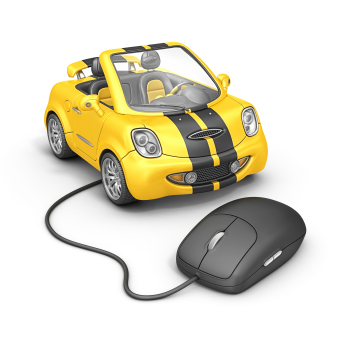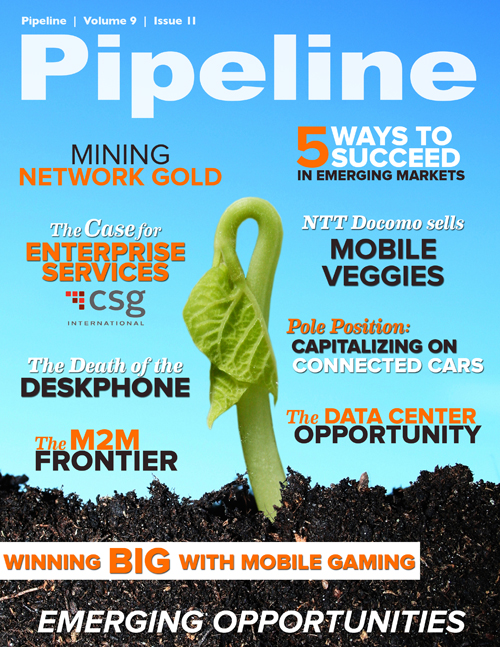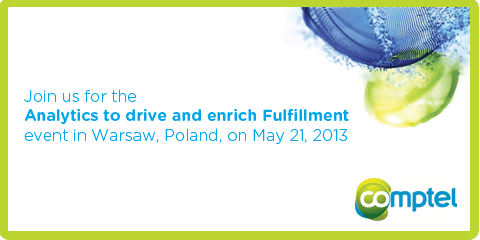Achieving Pole Position in the Connected Car Ecosystem
By: Jesse Cryderman

Boy, do the future drivers of the world have it easy. Thanks to audible navigation assistance they’ll never get lost, while safety warnings and information on local hotels and restaurants will eliminate other anxieties. If unforeseen traffic puts them behind schedule they’ll just make a hands-free phone call or send a text message via voice to alert their boss or dinner date, and if they get bored sitting in that traffic they’ll be able to stream the entire history of recorded music. And if they’re learning to drive they’ll surely benefit from some on-board operational assistance. (When I stalled out a stick-shift Plymouth Horizon in the middle of a busy intersection many years ago I found myself on the receiving end of a different kind of assistance that involved several four-letter words.)
Whether it’s through embedded, tethered or smartphone-integrated solutions, one thing is certain: within 15 years every car coming off the production line will be of the “connected” variety. In fact, that adjective will likely fall by the wayside over the next few decades as connected cars become commonplace. The question isn’t “Will there be a connected-car ecosystem?” but rather “What will the ecosystem look like and who will profit from it?”
Interestingly, this development has taken the automotive industry full circle. Cars were once an extension of a person’s identity: makes and models matched driver personas, and excitement surrounded the latest automotive designs and technological advances. But today that sort of excitement has migrated to the mobile world, where digital identity predominates. Converging the two forms of identity brings a lot of cool back to the car.
As mobile experience enablers, communications service providers stand to benefit greatly from connected cars, assuming they make all the right moves. According to the latest research from Juniper, CSPs could potentially earn $14 billion in service revenues from the connected-car ecosystem by 2016, but finding a business model that will also generate revenue is a fundamental challenge: many players are competing for the same income, regulatory considerations are mounting and standards must be developed. For the agile CSP, now is the perfect time to make a push for pole position in the connected-car race.
Three colors of connectivity
Discussion of connected cars used to be focused on telematics solutions or clunky Bluetooth interfaces; the former was reserved for premium brands, and the latter was about as easy to use as the ENIAC. Together these options kept the connected car in suspended animation and limited the number of inroads for CSPs.
Virtually every major automobile manufacturer has adopted a multilayer approach to the connected car, including GM’s IntelliLink system, Chrysler’s Uconnect, Ford’s SYNC AppLink, Toyota’s Entune, and two from BMW, Assist and LTE Car Hotspot. Consequently, CSPs now have many more ways to get into the driver’s seat (or passenger’s seat) courtesy of three types of connectivity platforms: embedded, tethered and smartphone integrated. Each one presents unique opportunities and challenges.





















